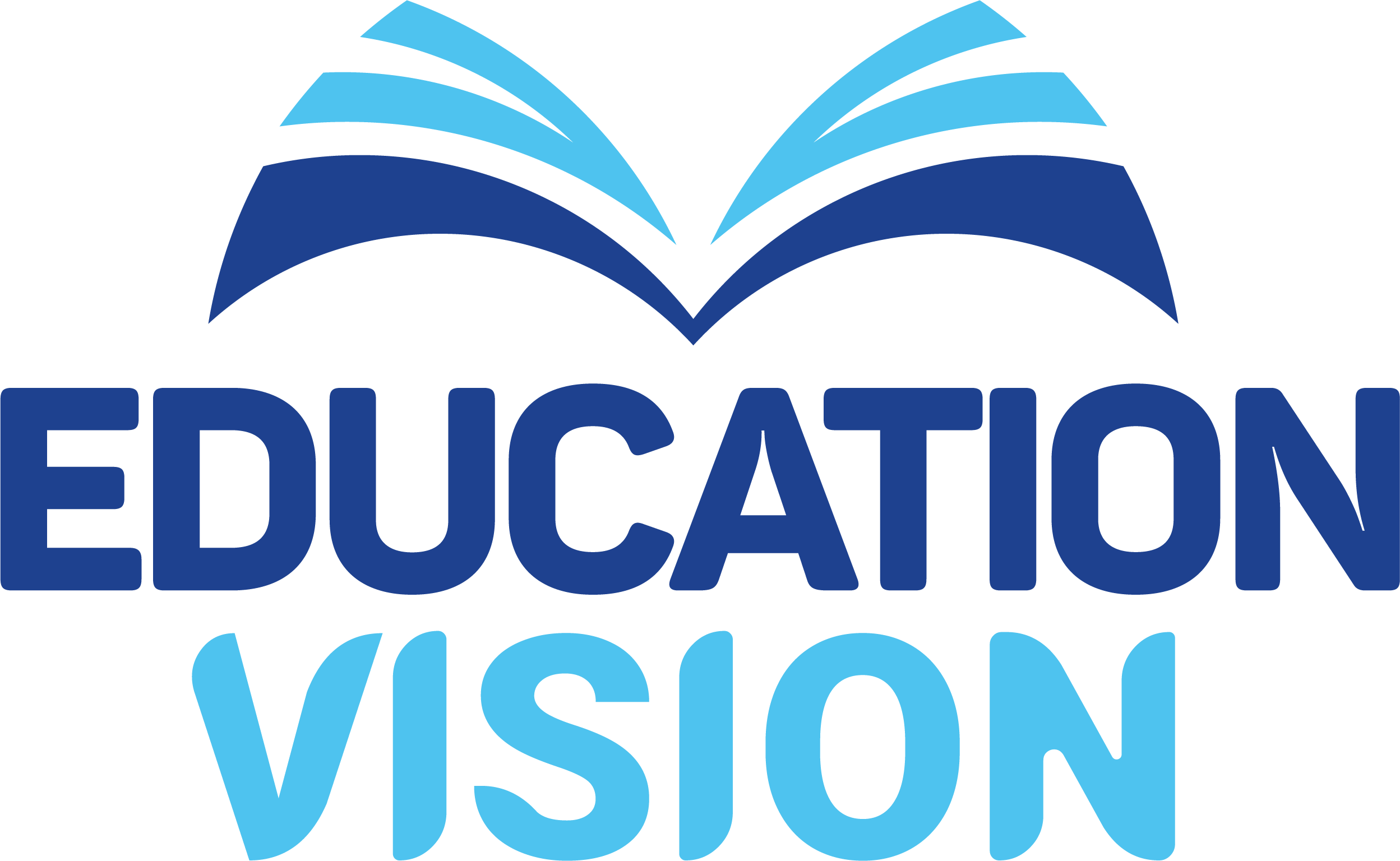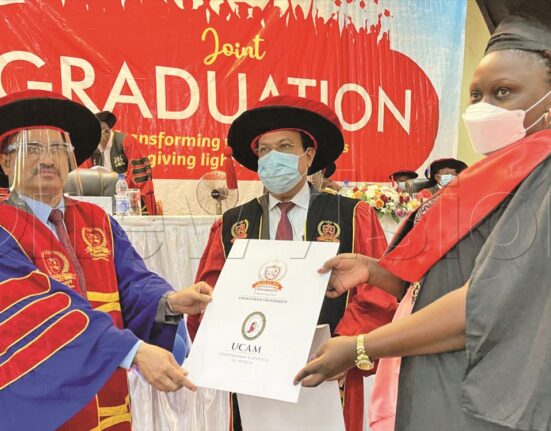This article was first published in the New Vision on January 20, 2021
Dr Emeka Akaezuwazi
Close to half the country’s universities have so far been cleared to lecture and assess students online by the National Council for Higher Education, a move which is highly appreciated.
However, some parents, members of the public and students do not believe that assessment can be done online, which is wrong.
Much as this is a new way of teaching in Uganda, several universities all over the world assess students online.
So, online or assessments in higher education, are means of evaluating students’ ability to comprehend content taught and figure out ways of improving teaching. They are also ways of objectively determining a student’s progress – whether to move the student to the next level or to make them repeat the course or semester. Assessments are not a one way street that apply only to the students; they also help teachers to determine what to teach, how to teach, and in the end, how effectively they taught.
Types of Assessment
There are many types of assessment in institutions of higher learning, but there are four major types; diagnostic, formative, interim and summary assessments.
Diagnostic assessment is used to determine what the best starting strategy is, for example, to gauge the level of understanding of students before the teaching begins.
Formative assessments are beneficial as a tool to track progress and see if adjustments to the teaching strategy should be made.
Interim assessments are given to see if students in entire schools or districts are moving forward and learning the material. Summative assessments are best at the very end of the semester (final exams) or to review performance. For this article, we shall discuss only the most widely used assessment types — formative and summative. Formative assessments occur within an online course or lesson and are used to determine how well a student is learning the material.
They are best when they are ongoing, consistent and provide critical feedback to learners.
Formative assessments are used in the middle of a lesson or in the middle of a year to determine how students are progressing. With formative assessment, teachers mould or form instruction to better suit student learning. Specifically, formative assessments help identify knowledge retention and understanding, they can be given daily, weekly, or at any determined interval.
Formative assessments are generally short, quick and are in the form of quizzes, exit ticket, artwork, fill-in-the- blanks and presentation, among others.
Summative Assessments
Summative assessments are sometimes referred to as final exams because they measure what the student has learned after completing a course.
They can also validate how well the content supports the course’s overall learning objectives. Most often, in a summative assessment, success is measured at the end of a checkpoint. The best summative assessments require a higher level of thinking and the ability to synthesise several important concepts together. Summative assessments are usually higher stakes than formative assessments because they are used to see how much the student actually learned and whether to advance or keep the student in place.
What all assessments have in common is that they provide a snapshot of a student’s understanding at a particular time in the learning process.
The best assessments, whether in a face-to-face setting or online, are carefully conceived with regard to learning outcomes and the provision of high-quality feedback. To be truly superior, online assessments must be aligned with the curriculum and be relevant to the course learning outcomes while at the same time provide the flexibility, repeatability and round-the-clock learning.

Advantages
Online assessments eliminate many chances of malpractice when technologies such as facial recognition or biometrics are used and they are easier and better at streamlining tests. Other advantages; many students can be assessed at different times easily.
Assessing many students at different times is not easily achievable in a traditional setting because of the enormous amount of manual labour needed to reset test questions. In an online situation, the assessment software’s randomisation capabilities can instantly shuffle and randomise assessment questions and options.
As a result, it can provide rapid retests and test customisation. Instant results are possible in an online assessment and not possible in the traditional environment.
Better Student Outcomes
Because of the above advantages, online assessments result in better student outcomes because students can get instant feedback from the system.
Students can use the system to practice on areas where they are weak and keep improving their mastery of an area online by using past question banks. Because they make distance assessments possible, can provide detailed and immediate feedback, enable grading accuracy, provide repeated opportunities for learners to practice, can store and reuse assessments, online assessment is a far superior tool than its traditional face-to-face approach.
However, for online tools to maintain their superiority, they must enforce high academic standards. Tests must use courses’ and programmes’ learning outcomes as yardsticks for success. Weights assigned to assessment questions must be fair and assessments must test for a variety of the six levels of learning — knowledge, comprehension, application, analysis, synthesis and evaluation.
Those skilled in the art of education know these levels as Bloom’s taxonomy. Bloom’s taxonomy is a hierarchical model used to classify educational learning objectives into six levels of complexity and specificity.
At the base of the hierarchy is knowledge (remember), comprehension (understand), application (apply), analysis (analyse), evaluating (evaluate) and at the top of the hierarchy, synthesis (create). Good online assessment environments use these levels and they grade the levels mostly automatically.
Multiple response questionnaire automatically graded and they test for knowledge, comprehension, application and analysis. Fill-in-the blanks are automatically graded — they test for knowledge, comprehension and application. True or False questions are automatically graded and they test for knowledge and comprehension.
Matching questions are automatically graded and they test for knowledge and comprehension. Essays and or short Answer questions are manually graded (online) and they test for knowledge, comprehension, application, analysis, synthesis and evaluation.
Assessment Tools
There are many online assessment tools on the market for higher education, some free and others subscription-based. Utilising online assessment tools properly requires the integration of the assessment questions with the curriculum.
It also requires the use of good models to ensure that the different learning levels are tested according to best practice. For institutions of higher learning that want to move into a new era, post-COVID-19, online assessments must be considered as a key technology. Key technology because it allows the institution to extend its reach.
It enables students to learn in a modern way, by assessing themselves using practice tools that are available online. It provides students a faster feedback on how they are doing and by keeping historical data on students’ performance, the institution can assess how well it is teaching its students.
In the end, online assessment tools enable institutions to have the best of both worlds, the best face-to-face quality instruction with the flexibility, instant feedback and reach of distance learning.
The writer is the vice-chancellor of the International University of East Africa









Leave feedback about this